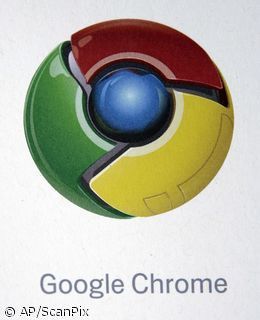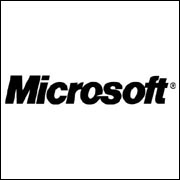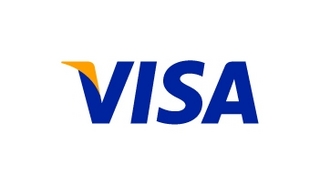Estonian officials announced plans last week to move the nation to electronic voting in time for the country's 2003 general election.
Published:
5 April 2001 y., Thursday
The shift is expected to boost voter participation among the young in a country that has voraciously adopted internet technology and mobile communications.
Despite a per capita GDP of only $3,778, between 21% and 40% of the population is online. Half of all secondary schools in the country are now wired to the internet. 95% of Estonian public employees have a computerized workplace. At home, 19% of the population owns a computer, with approximately 53% of them internet-connected.
As is true throughout emerging internet markets, the internet is used heavily by young Estonians. According to surveys by BMF Gallup Media, more than half of teens in the country (15 to 19 years old) surf the web. For most Estonians, work is the primary place of access: 74% of the population reports using the internet during the workday, and only 9% report use it during the weekend.
Estonian governmental policies have stimulated internet adoption and the diffusion of information technology throughout the country. In February 2000, the Estonian parliament approved a proposal to guarantee internet access as a nationwide constitutional right. The government has also established free internet access centers (located along the country's major highways) to ensure equitable access to the technology. It has also initiated the innovative "Tiger Leap" program which ensures that every Estonian school is wired to the Internet.
Virtually the entire country has mobile phone coverage, with three operators providing GSM services. Today about 29 percent of the population uses GSM services. Estonian mobile operators have been among the first in the world to introduce WAP services to their customers.
The country has a high mobile phone penetration rate for the Baltic region. According to Estonian Telecom, 36.8% of the population subscribes to mobile phone service, a substantial increase from 24.9% in 1999. As handsets that allow internet connections are purchased by Estonians, the number of people accessing the internet through their mobile phone will soar.
Šaltinis:
emarketer.com
Copying, publishing, announcing any information from the News.lt portal without written permission of News.lt editorial office is prohibited.
The most popular articles
Software company announced new structure_ of it_s business.
more »
 The benefits and manufacturing process of CD & DVD Replication vs. CD & DVD Duplication.
more »
The benefits and manufacturing process of CD & DVD Replication vs. CD & DVD Duplication.
more »
 TheVisionWorld.com, a helpdesk software provider, today announced a new feature – “Migration Tool”.
more »
TheVisionWorld.com, a helpdesk software provider, today announced a new feature – “Migration Tool”.
more »
 Boston Interactive, a Boston-based web design and interactive marketing firm, is thrilled to announce their recognition for web design excellence from the Web Marketers Association. Six of Boston Interactive's website projects were found winners of the prestigious WebAwards Competition.
more »
Boston Interactive, a Boston-based web design and interactive marketing firm, is thrilled to announce their recognition for web design excellence from the Web Marketers Association. Six of Boston Interactive's website projects were found winners of the prestigious WebAwards Competition.
more »
 Agreement covers a broad range of consumer products for both companies.
more »
Agreement covers a broad range of consumer products for both companies.
more »
 BRUMAKS, offers the popular WebSite Tonightï, product, providing key features for those yearning to get involved in the .MOBI revolution.
more »
BRUMAKS, offers the popular WebSite Tonightï, product, providing key features for those yearning to get involved in the .MOBI revolution.
more »
 Google Inc. launched Google ChromeTM, a new open source browser intended to create a better web experience for users around the world.
more »
Google Inc. launched Google ChromeTM, a new open source browser intended to create a better web experience for users around the world.
more »
 Scott Guthrie, corporate vice president of the Developer Division at Microsoft, talks about how Microsoft Silverlight is helping the global broadcasting and media industry grow their presence – and viewership – on the Web.
more »
Scott Guthrie, corporate vice president of the Developer Division at Microsoft, talks about how Microsoft Silverlight is helping the global broadcasting and media industry grow their presence – and viewership – on the Web.
more »
 Survey of 16-27 year olds defines media consumption choices of the future.
more »
Survey of 16-27 year olds defines media consumption choices of the future.
more »
 Video explosion drives demand for innovation in video encoding, content transcoding and media mobility from Motorola.
more »
Video explosion drives demand for innovation in video encoding, content transcoding and media mobility from Motorola.
more »
 Visa has taken the next step toward making mobile commerce a global reality. The card company has launched four new programs to deliver payments and services via mobile devices.
more »
Visa has taken the next step toward making mobile commerce a global reality. The card company has launched four new programs to deliver payments and services via mobile devices.
more »